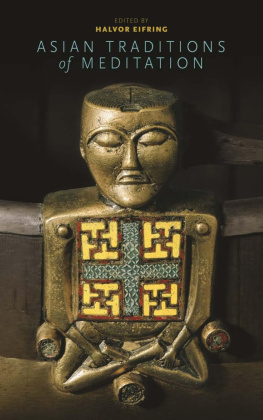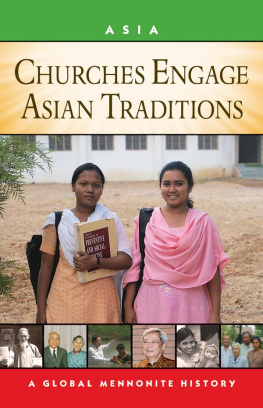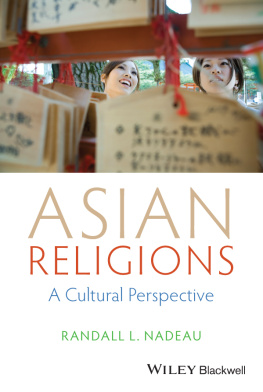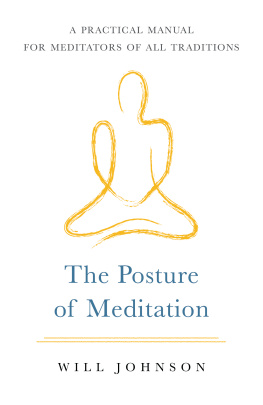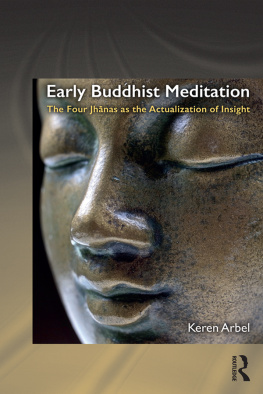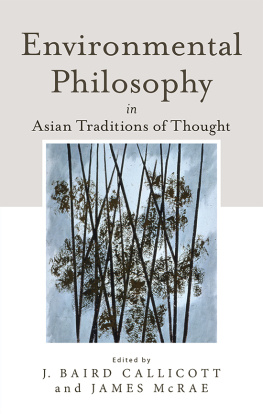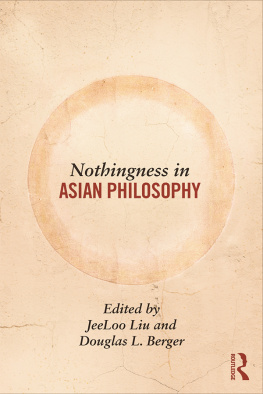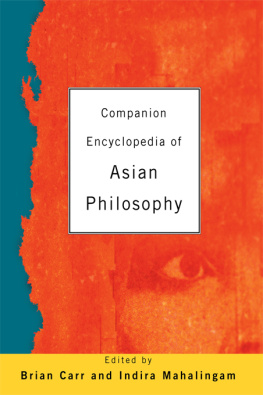Eifring Halvor - Asian Traditions of Meditation
Here you can read online Eifring Halvor - Asian Traditions of Meditation full text of the book (entire story) in english for free. Download pdf and epub, get meaning, cover and reviews about this ebook. City: Asia;S.l, year: 2018;2016, publisher: University of Hawaii Press;Univ Of HawaiI Press, genre: Religion. Description of the work, (preface) as well as reviews are available. Best literature library LitArk.com created for fans of good reading and offers a wide selection of genres:
Romance novel
Science fiction
Adventure
Detective
Science
History
Home and family
Prose
Art
Politics
Computer
Non-fiction
Religion
Business
Children
Humor
Choose a favorite category and find really read worthwhile books. Enjoy immersion in the world of imagination, feel the emotions of the characters or learn something new for yourself, make an fascinating discovery.
- Book:Asian Traditions of Meditation
- Author:
- Publisher:University of Hawaii Press;Univ Of HawaiI Press
- Genre:
- Year:2018;2016
- City:Asia;S.l
- Rating:3 / 5
- Favourites:Add to favourites
- Your mark:
- 60
- 1
- 2
- 3
- 4
- 5
Asian Traditions of Meditation: summary, description and annotation
We offer to read an annotation, description, summary or preface (depends on what the author of the book "Asian Traditions of Meditation" wrote himself). If you haven't found the necessary information about the book — write in the comments, we will try to find it.
Asian Traditions of Meditation — read online for free the complete book (whole text) full work
Below is the text of the book, divided by pages. System saving the place of the last page read, allows you to conveniently read the book "Asian Traditions of Meditation" online for free, without having to search again every time where you left off. Put a bookmark, and you can go to the page where you finished reading at any time.
Font size:
Interval:
Bookmark:
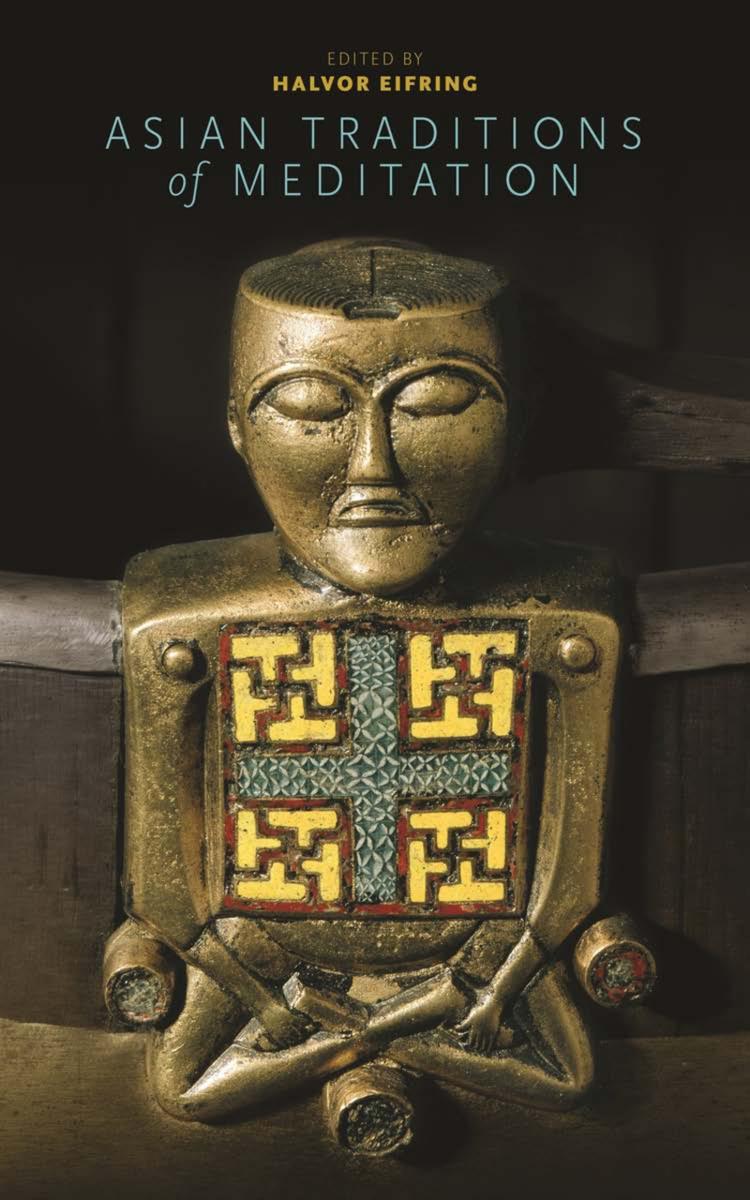
2016 University of Hawaii Press
All rights reserved
Print and digital editions available:
Hardback ISBN 9780824855680
PDF ISBN 9780824855710
EPUB ISBN 9780824855697
Kindle ISBN 9780824855703
Library of Congress Cataloging-in-Publication Data
Names: Eifring, Halvor, editor.
Title: Asian traditions of meditation / edited by Halvor Eifring.
Description: Honolulu : University of Hawaii Press, [2016] | Includes index.
Identifiers: lccn 2016015383 | isbn 9780824855680 (cloth; alk. paper)
Subjects: lcsh : MeditationAsiaCross-cultural studies.
Classification: lcc bl 627 . a 85 2016 | ddc 204/.35095dc23
lc record available at https://lccn.loc.gov/2016015383
- 1 What Is Meditation?
HALVOR EIFRING
The starting point for this book was a conference made possible by generous support from the Chiang Ching-kuo Foundation for International Scholarly Exchange, Taipei; the Department of Culture Studies and Oriental Languages, University of Oslo; PluRel, University of Oslo; Kultrans, University of Oslo; and the Institute for Comparative Research in Human Culture, Oslo. The initial planning of the conference and the book took place during the five months the editor spent as a guest researcher at the Research Center for Monsoon Asia, National Tsing Hua University, Hsinchu, Taiwan, in 2009. The conference took place at the Acem International Retreat Centre Halvorsble, Oslo, Norway, in May 2010. In addition to the editor, the organizing committee included Svend Davanger and Terje Stordalen, both from the University of Oslo.
The following persons helped in the organization of the conference or assisted in the work with the book: Wubshet Dagne, Yue Bao, Regina Cinduringtias Pasiasti, Torbjrn Hobbel, Stig Inge Skogseth, Alexander Lundberg, andlast, but not leastthe editors patient and loving wife, Joy Chun-hsi Lu, who along the way has provided much food both for thought and for the belly. The long and winding process from initial proposal to finished book was much helped by the patient guidance of Patricia Crosby and, later, by Stephanie Chun at the University of Hawaii Press. The editor would hereby like to express his deep-felt gratitude for the many kinds of support given by these persons and institutions, as well as by others who have offered help along the way. This includes the anonymous reviewers who have given their feedback on earlier versions of the book.
Halvor Eifring
Oslo, October 2015
viii
Meditative practices have flourished since the founding of the great civilizations in Eurasia. For the first time, this volume brings together studies of the major traditions of Asian meditation, including Yoga, Tantra, Jainism, Sikhism, Buddhism, Daoism, and Confucianism, as well as modern secular and scientific approaches to meditation.
Few if any scholarly attempts have been made at cross-cultural comparison of meditative practices. This is in contrast to the cross-cultural study of mystical experience that has been thoroughly addressed in the debates pitting the constructivist approach of Steven T. Katz against the perennial approach of Robert K. C. Forman. It is also in contrast to the comparative issues raised in scientific rather than cultural studies of meditation, as in Maria Ospina et al.s impressive report Meditation Practices for Health: State of the Research. Finally, while scholarly studies of meditation have tended to shy away from cross-cultural comparison, more popular works seldom have the same qualms, including Claudio Naranjo and Robert E. Ornsteins On the Psychology of Meditation and Daniel Golemans The Meditative Mind, both of which were first published in the 1970s, as well as Livia Kohns more recent Meditation Works.
Scholars studying meditation have typically stayed within one specific tradition and stuck to culture-specific modes of explanation with limited general relevance. This includes excellent monographs, such as Sarah Shaws Buddhist Meditation, Isabelle Robinets Taoist Meditation, and Rodney L. Taylors The Confucian Way of Contemplation. To the extent that scholars have ventured beyond the bounds of a single tradition, they have mostly limited themselves to traditions that are historically related, as in Geoffrey Samuels The Origins of Yoga and Tantra. Scholars have usually avoided the comparison of traditions that have no obvious historical relation but may have generic features in common or may, for that matter, differ from each other in interesting ways.
This collection of essays brings together different Asian traditions and compares them not only with each other but also with the traditions studied in another recent volume I edited, Meditation in Judaism, Christianity and Islam. In addition to delving deeply into the individual traditions, this book places each tradition in a global perspective, looking at both historical and generic connections between meditative practices from different historical periods and different parts of the Eurasian continent.
The aim of this book is twofold. On the one hand, it seeks to identify the cultural and historical peculiarities of various Asian schools of meditation, both for their own sake and as a basis for further comparison. On the other hand, it seeks to identify basic features of meditative practices across cultures, and x thereby to take a first step toward a framework for the comparative study of meditation.

Asian forms of meditation have two main historical sources: Indian and Chinese. In the course of their development, both forms have ventured far beyond their places of origin to eventually cover most of Asia. They have also mixed with one another, and with meditative, devotional, ritual, and shamanistic practices in the various localities to which they have traveled. More recently, they have become global phenomena on a larger scale, and have exerted substantial influence on the cultures of America, Europe, Australia, and other parts of the world, often in combination with Western medicine, physical exercise, psychotherapy, and various forms of modern spirituality. The resulting practices have in turn exerted an equally substantial influence on Asian meditation.
The notion of Asian traditions of meditation is in contrast to the Judaic, Christian, Islamic, and ancient Greco-Roman traditions stemming from Europe, the Middle East, and North Africa. There is no absolute line of division between the two. For instance, it has been persuasively argued that Indian impulses have strongly influenced the Kabbalah of Judaism, the Orthodox Christian Jesus Prayer, and the recitative and sometimes musical practices of dhikr and sam of Islamic Sufism. It can also easily be argued that the exclusively devotional practices of the Sikh nm simran (discussed by Kristina Myrvold in this volume) are generically more similar to the corresponding European, Middle Eastern, and North African practices than to most Asian forms of meditation. The recitative practices of the Jesus Prayer and the Islamic
Font size:
Interval:
Bookmark:
Similar books «Asian Traditions of Meditation»
Look at similar books to Asian Traditions of Meditation. We have selected literature similar in name and meaning in the hope of providing readers with more options to find new, interesting, not yet read works.
Discussion, reviews of the book Asian Traditions of Meditation and just readers' own opinions. Leave your comments, write what you think about the work, its meaning or the main characters. Specify what exactly you liked and what you didn't like, and why you think so.

